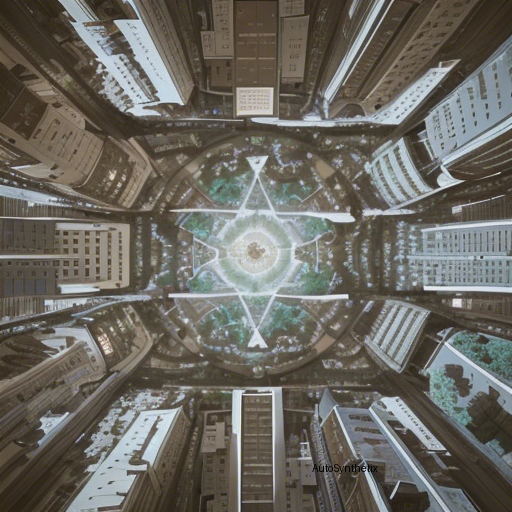Introduction
In today's fast-paced world where technology rapidly reshapes our lives, we often overlook one fascinating aspect—self-organized systems guiding the growth and evolution of our bustling metropolises. From the labyrinthine streets of Venice to the towering skyline of Hong Kong, diverse cultures have unknowingly harnessed the power of spontaneous order to create iconic city landscapes. Diving deep into recent academic findings, we explore the intricate link between self-organization, urban planning, architecture, and human perception.
The Hidden Symphony of Cities - A Deeper Look at Self-Organization
A groundbreaking study published by researchers across multiple disciplinary fields sheds light upon the elusive force driving the complexity inherent within urban settings. "Designing Complexity?" highlights self-organization as a crucial element in understanding the myriad facets encompassing modern urban planning and architectural designs. As societies evolve over time, their values, norms, politics, economics, and culture manifest physically through built structures, creating a kaleidoscopic tapestry known as a 'City.'
Scales, Fractals, Patterns... And More Than Meets the Eye!
Delving deeper into the scientific underpinning, the research underscores the presence of scaling laws and fractal geometries embedded within urban fabric. These mathematical constructs reveal a hidden harmony in seemingly chaotic surroundings. By analyzing historical and current instances, scholars demonstrate how natural progression from traditional townships to sprawling megacities follows similar morphogenetic rules, transcending temporal barriers.
Cognitive Maps, Perception, and the Feedback Loop
Another captivating insight gleaned from the discourse revolves around the reciprocal relationship shared between mankind's spatial comprehension (cognitive mapping), perceived environment, and consequential impact on further urban developments. Our mental models of space inform architects' decisions while simultaneously being shaped by those very creations. Consequently, urban planners must consider not just functional requirements but also the psychological dimensions when designing living spaces.
Conclusion - Embracing Organizational Chaos Towards Sustainable Futures
As we journey towards a more sustainable future, embracing the profound nature of self-organization in urban contexts becomes increasingly critical. Recognizing the symbiotic bond between human behavior, social dynamics, and environmental impacts will aid us in crafting harmonious settlements responsive both aesthetically and functionally. With a heightened awareness of these underlying mechanisms, policymakers, designers, architects can work synergistically, fostering vibrant yet eco-conscious habitats for generations ahead.
Source arXiv: http://arxiv.org/abs/2403.14175v1
